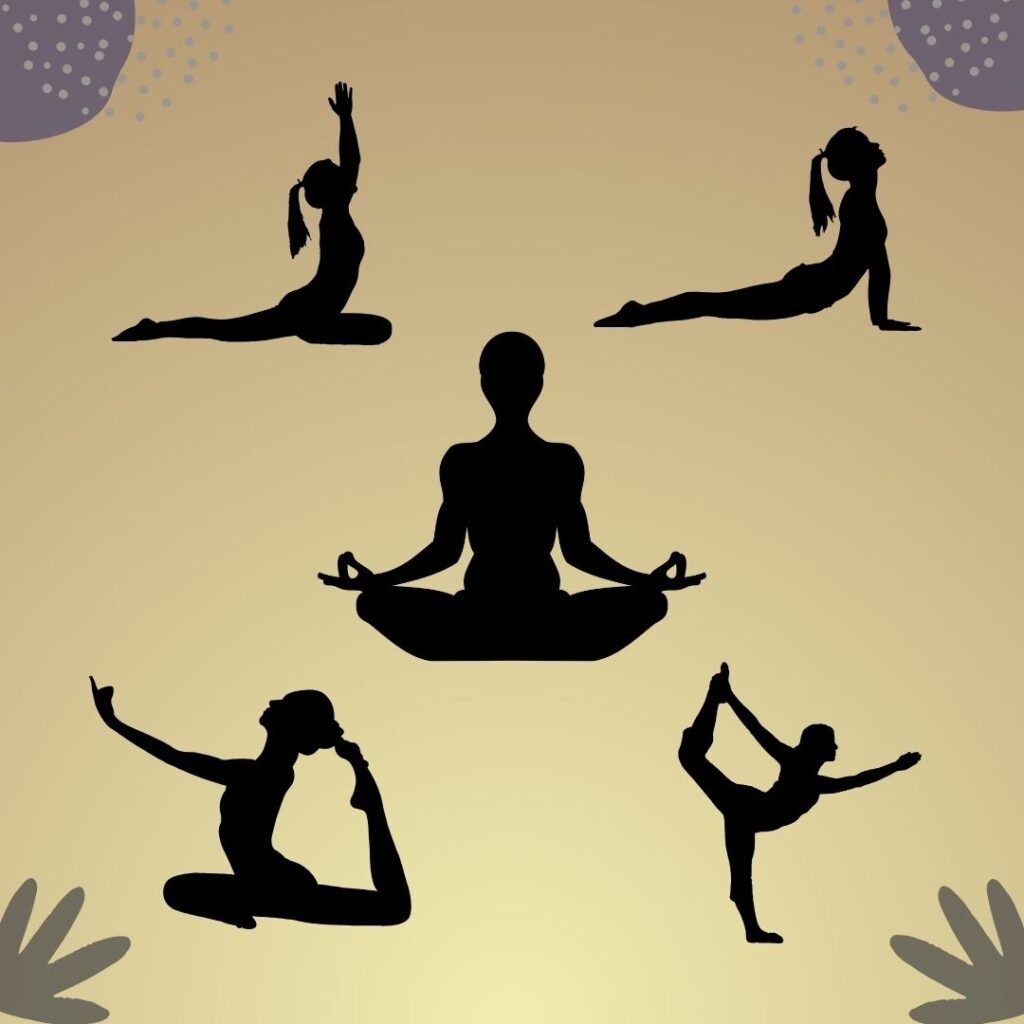Yoga is one of those practices that has its origins in India hundreds of thousands of years ago. Yoga is not just mere exercises, but a mixture of the best aspects of mind and body with a little hint of spirit. This practice is a method which integrates physical exercises, breath control and moments of contemplation to increase wellness level and understanding. Yoga as an exercise has gained much attention in the international market due to the many health impacts such as stress, flexibility, strength, balance among others. This post is designed to provide an overview of what yoga really is, the principles that underpin the practice, and the different forms of the practice that are on offer.

What is Yoga?
Yoga, derives from a Sanskrit word ‘Yuj’ which has been translated in different ways such as to yoke, unite or join. Yoga is as much about the process of linking up the mind, the body and the soul to one another in order to bring a balance in the life of an individual. It fosters responsible movement of the body, and calmness of the mind, soul, and spirit. Some people possibly believe that only exercising involves positioning the body parts in a particular manner, but yoga is also spiritual and mental acting that provides benefits to health. Yoga encompasses physical exercise, therapy, as well as counseling, and spiritual development.
Types of Yoga
Yoga can be classified into several categories and each type promises different results and practiced in different style also there are many benefits of yoga. Here’s a guide to some popular forms of yoga and how they differ:

1. Hatha Yoga
Hatha yoga is one of the most popular forms of yoga and is recommended for the novices… This one deals with simple stances and breathing exercises, and is used to bring harmony and rest to the body and the mind. Hatha yoga is very leisurely and the movement done over a longer period of time and thus ideal for all ages and fitness.
2. Vinyasa Yoga
Vinyasa is also sometimes called an ‘ascending and descending’ practice, as it follows the synchronizing of movement with breath. Ideally, one pose flows into the next and that provides a concept of continuity. Vinyasa Yoga is dynamic and is suitable for muscle tone, endurance, flexibility of muscles and also strength. This type of yoga will suit those people who like to move and who are looking for a muscular workout.
3. Ashtanga Yoga
Ashtanga yoga is advanced and sequenced practice of yoga that involves performing a set number of positions in a set style. They suggest that yoga calls for power, endurance, and spot, as it consists of intense positions and manner of inhaling. This style is most suitable for people with a interest in a more forceful rigorous practice style.
4. Iyengar Yoga
Iyengar yoga is characterized by correct body positioning and utilization of straps, stones and blankets in order to have the right positioning all the time. It is a gentle form of yoga, performed in slow motion, and requiring the holding of positions for rather long periods. Iyengar yoga is perfect for people with injuries and those who master and follow alignment along with minute details.
5. Kundalini Yoga
Said to be a process of awakening energy located at the base of the skull – Kundalini yoga is another type of meditational yoga. It is the joining of postures which mainly include standing and sitting, breath control, chanting and meditation. Kundalini yoga is more of spiritual yoga practice, or the practice of focussing and developing selves consciousness thus will suit those individuals willing to explore spiritual yoga.
6. Bikram Yoga
Traditional yoga comprising of hot yoga entails a series of twenty six poses. The heat which is applied is to enhance flexibility, to evoke sweating as well as enhance body cleansing mechanism. This type of yoga is very muscular and rigorous and because of the heat may not be ideal for everyone.
7. Yin Yoga
Yin yoga in a style that involves holding poses for a long time during the class – even for several minutes. It works on avascular structures namely ligaments and tendons and increases their elasticity. Yin yoga is for anyone who wants to activate the body relaxation response and learn how to listen to oneself and the present moment.
8. Restorative Yoga
Restorative yoga is a slow and passive type of practice that requires holding postures for sure with support of props. The primary concentration is on the passive processes of the body and total relaxation. Another type of yoga; restorative yoga is most suitable for individuals who are injured, stressed or even fatigue.
9. Power Yoga
Commercial yoga on the other hand is power yoga and is far more inclined to cardiovascular exercises. It is related to Ashtanga yoga but does not have a prescribed pattern. Focuses in this style is strength and endurance, and hence is practiced alongside accompanying speed. Halasan is power yoga and as such it is suitable in providing a challenging exercise session.
Conclusion
Yoga can be a very active form of exercise to very passive practice that is physical, mental and spiritual. It has categories such as Hatha; Yin as well as dynamic categories such as Vinyasa and even Power Yoga. Yoga and it’s different types possess some or other characteristic features or benefits and one has to start choosing from here – if one needs fitness, or relaxation or spiritual upliftment, yoga is the answer. Yoga can be a wonderful tool to begin journey for more healthful, harmonious and conscious way of living. Those who practice yoga should take it up wholeheartedly, learn all possible types of its kinds and choose the one that is necessary for achieving certain objectives.
